What is Ferroptosis?
“Ferroptosis” was coined by Stockwell et al. at Columbia University in 2012 and described as a form of iron-dependent cell death. * It was reported to be a form of programmed cell death by the Nomenclature Committee on Cell Death (NCCD) in 2018.
Ferroptosis is a form of programmed cell death that is caused by iron ion-dependent accumulation of lipid peroxides. Ferroptosis has been shown to follow a different cell death pathway from apoptosis and thus is attracting attention as a new target for cancer therapy. It has also been found to be associated with various diseases, such as neurodegenerative diseases, cerebral apoplexy, and hepatitis (NASH).
*S. J. Dixon, B. R. Stockwell et al., Ferroptosis: An iron-dependent form of nonapoptotic cell death., Cell, 2012, 149(5), 1060.
Induction of Ferroptosis by Erastin?
Erastin is a known inducer of ferroptosis. By inhibiting the cystine transporter (xCT), erastin inhibits the uptake of cystine. Cystine is the raw material for GSH. Therefore, Erastin ultimately decreases the amount of GSH. Decreased GSH then results in lipid peroxide accumulation and induction of ferroptosis. The following experimental examples show changes in each aforementioned index as a consequence of erastin stimulation. Measurements are made using Dojindo reagents.
<Experimental example>
Using erastin-treated A549 cells, we measured intracellular Fe2+, ROS, lipid peroxide, glutathione, glutamate release into the extracellular space, and cystine uptake. As a result, inhibition of xCT by elastin was observed and also the release of glutamate and uptake of cystine were decreased. Furthermore, elastin treatment decreased intracellular glutathione while it increased intracellular Fe2+ , ROS, and lipid peroxides.
Ferroptosis-Related Reagent Selection Guide
Lipid Peroxide and Iron (Fe2+) Detection Reagents
Oxidative Stress and Metabolism-Related Reagents and Kits




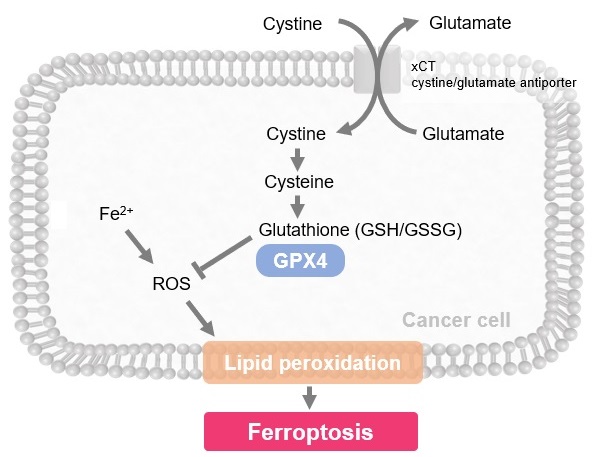
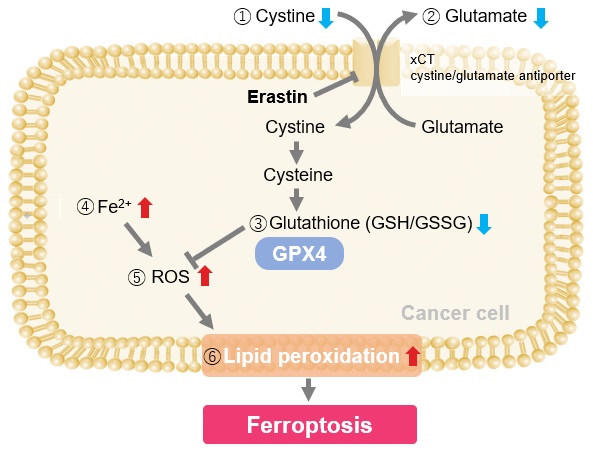
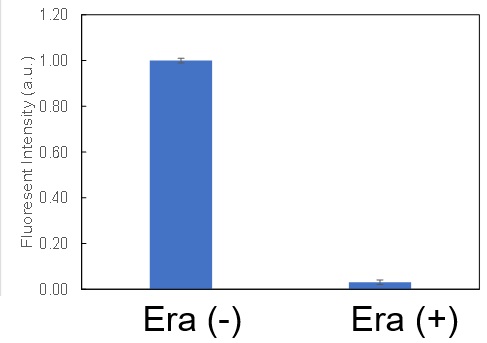
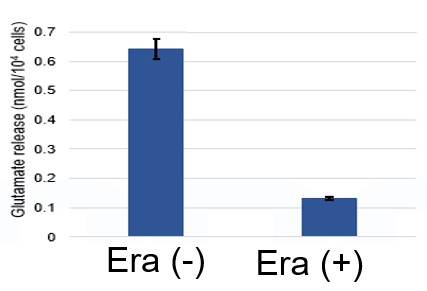
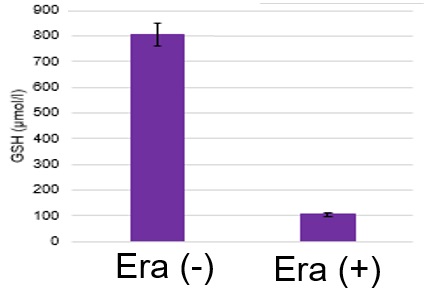
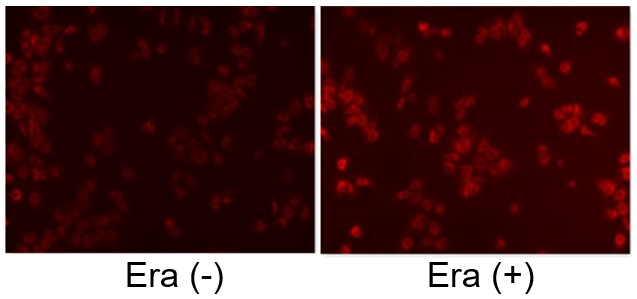
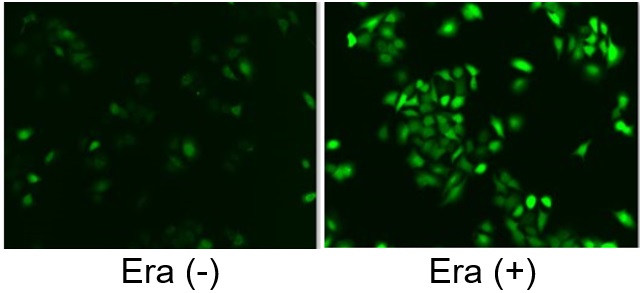
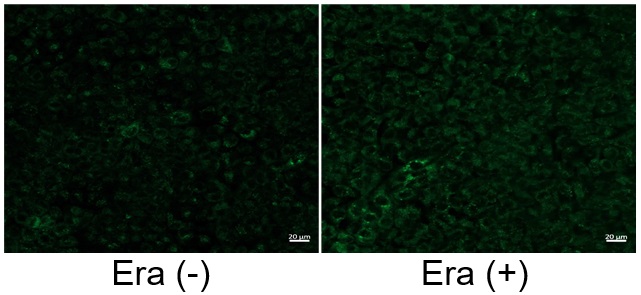
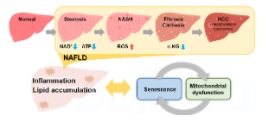 The article summarizes reports on changes in each indicator of metabolic states and cellular senescence using the NASH model.
The article summarizes reports on changes in each indicator of metabolic states and cellular senescence using the NASH model.